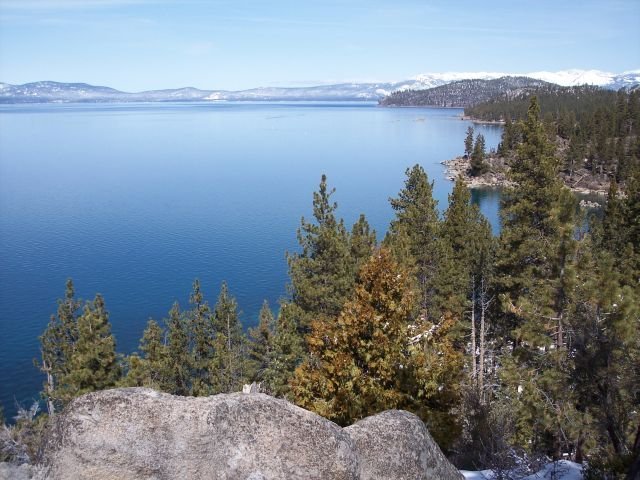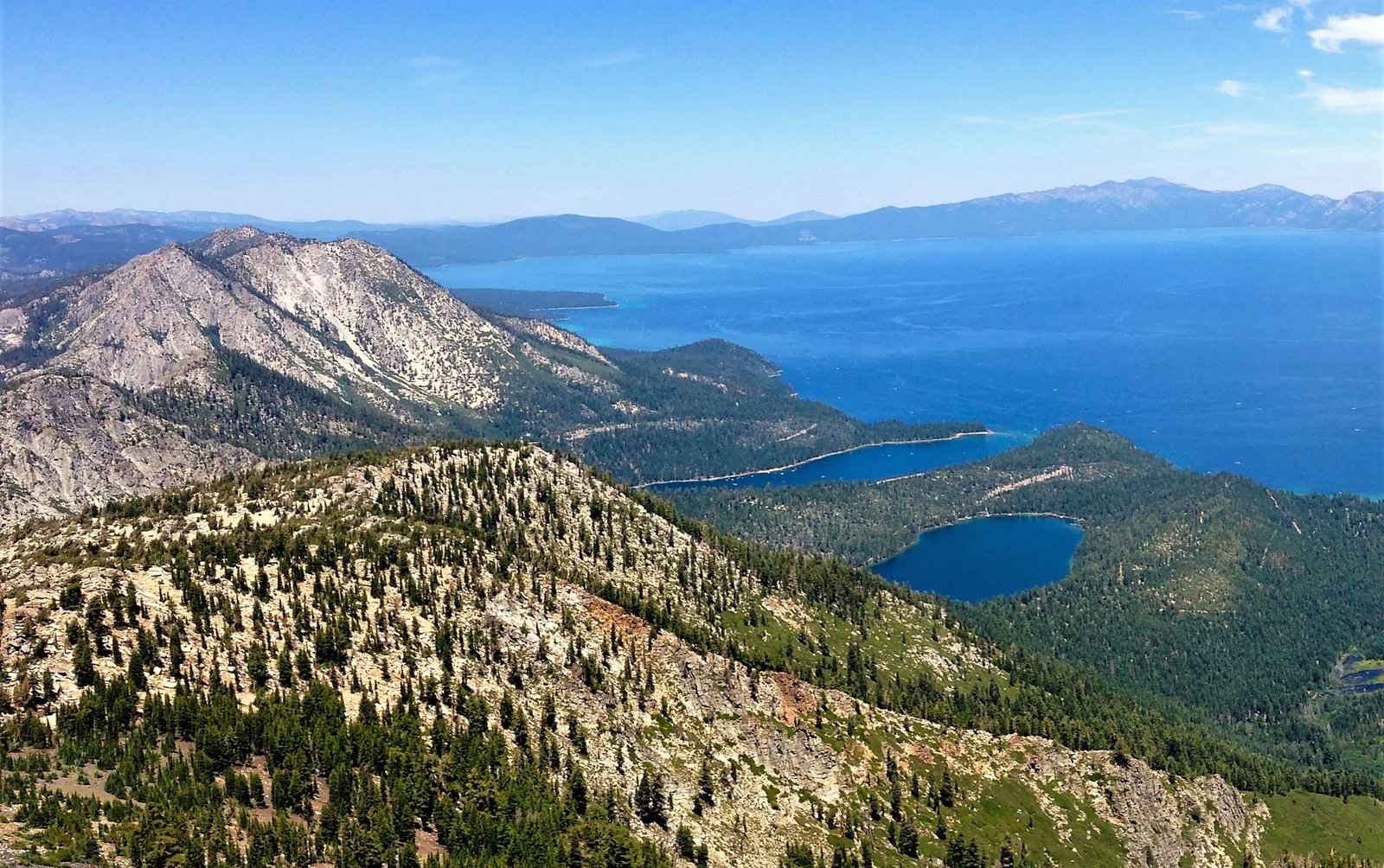Black bears at Lake Tahoe are a significant part of the local ecosystem and a growing concern for residents and visitors alike. These opportunistic omnivores have become increasingly habituated to human presence, leading to more frequent encounters and conflicts. The Lake Tahoe Basin, especially the South Lake Tahoe area, is a hotspot for black bear activity, with sightings peaking during winter hibernation periods and summer/fall foraging seasons.
What Are the Key Statistics on Black Bear Sightings at Lake Tahoe?

Black bear encounters in the Lake Tahoe area have seen a dramatic increase in recent years. Here are some key statistics:
- Between 2017-2020, the average annual encounters were 674
- In 2021 and 2022, this number jumped to 1,678 per year
- In 2022:
- 902 conflict calls
- 235 home invasions
- 31 permits issued on the California side of the Tahoe Basin
- In 2023:
- 660 conflict calls
- 217 home invasions
- 38 permits issued
The Tahoe Keys neighborhood has been identified as a particular hotspot for severe bear incidents.
How Do Seasonal Changes Affect Black Bear Behavior at Lake Tahoe?

Black bear behavior at Lake Tahoe varies significantly with the seasons:
- Winter:
- Increased bear activity around human habitations
- Bears seek hibernation sites under houses
-
Number of bears using houses for shelter has risen from a few to over 100 each winter
-
Summer and Fall:
- Peak foraging periods
- Increased bear activity in search of food
- Higher likelihood of human-bear encounters in residential areas
What Are the Feeding Habits of Black Bears at Lake Tahoe?
Black bears at Lake Tahoe are opportunistic omnivores with a diverse diet:
- Natural food sources: berries, insects, small mammals
- Human-associated food sources:
- Barbecue grills
- Pet food
- Bird feed
- Backyard chickens
- Garbage and food wrappers
- Empty cans
- Coolers
Their keen sense of smell attracts them to any strong food scents, often leading them into residential areas.
How Are Black Bears at Lake Tahoe Interacting with Humans?
Human-bear interactions at Lake Tahoe have become increasingly complex:
- Habituation:
- Bears are becoming accustomed to human presence
-
They associate humans with easy food sources
-
Property Damage:
- Bears breaking into homes and vehicles in search of food
-
Extensive damage reported in some areas, particularly Tahoe Keys
-
Aggressive Behavior:
- Some bears have become aggressive when encountering humans
-
This is often due to their association of humans with food
-
Conservation Efforts:
- Implementation of bear-resistant trash cans and dumpsters
- Non-lethal deterrent programs using Karelian bear dogs
What Safety Measures Should Be Taken Around Black Bears at Lake Tahoe?
To ensure safety around black bears at Lake Tahoe, follow these guidelines:
- Maintain Distance:
- Keep a safe distance from bears
- If encountered, make loud noises (e.g., using pots and pans)
-
Avoid running, which can trigger a chase response
-
Secure Food and Trash:
- Use bear-resistant containers for all food and trash
- Keep barbecue grills clean and stored securely
-
Don’t leave pet food or bird feeders accessible
-
Secure Your Property:
- Keep windows and doors closed and locked
-
Install motion-sensor lights around your property
-
Know Who to Contact:
- California Department of Fish and Wildlife
- Tahoe Interagency Bear Team (TIBT)
- Local organizations like the BEAR League
What Is the Natural Habitat of Black Bears at Lake Tahoe?
The natural habitat of black bears at Lake Tahoe is diverse and expansive:
| Habitat Type | Description |
|---|---|
| Forests | Dense wooded areas providing cover and food sources |
| Meadows | Open areas rich in berries and other vegetation |
| Riparian Zones | Areas near water sources with diverse plant and animal life |
| Mountain Slopes | Higher elevation areas with varied vegetation |
The elevation range spans from lake level to higher mountainous areas, providing a broad range of habitats. However, this habitat increasingly overlaps with human developments, leading to more frequent interactions between bears and humans.
How Are Conservation Efforts Protecting Black Bears at Lake Tahoe?
Conservation efforts for black bears at Lake Tahoe are multifaceted:
- Habitat Mapping:
- Partnerships with organizations like the Wildlife Conservation Society (WCS)
-
Mapping of core habitats to understand bear movement patterns
-
Behavior Studies:
-
Ongoing research into bear behavior and adaptation to urban environments
-
Policy Implementation:
- Ordinances requiring bear-resistant containers
-
Regulations on feeding wildlife
-
Education Programs:
- Public awareness campaigns about bear safety and coexistence
-
Training for residents on proper food storage and trash management
-
Non-Lethal Deterrents:
- Use of Karelian bear dogs to alter bear behavior
- Implementation of other non-lethal methods to reduce conflicts
These efforts aim to minimize human-bear conflicts while preserving the natural bear population in the Lake Tahoe area.

